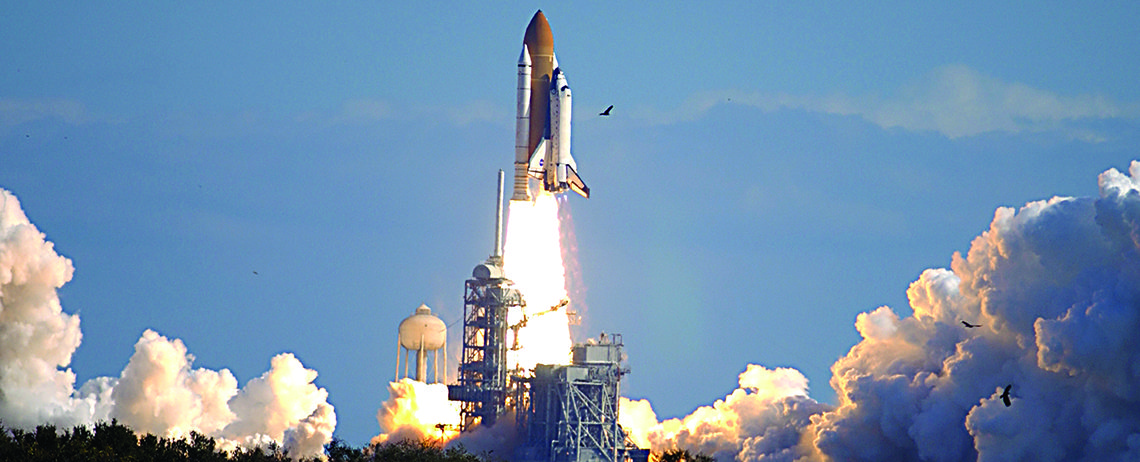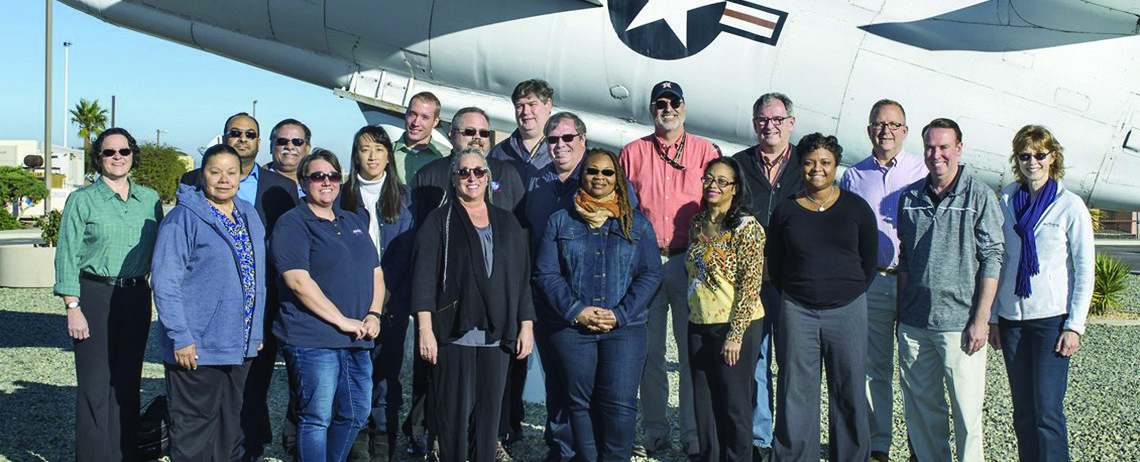It IS Rocket Science: How NASA Stays Safe
SafetyCulture News | By | 26 Sep 2018 | 2 minute read

Seven workers perishing right before the world’s eyes is the worst nightmare of any safety leader—and it was a life-changing event for NASA’s manager of safety programs, Dr Tracy Dillinger.
In her role on the board of the Space Shuttle Independent Assessment Team for the launch of the Columbia Space Shuttle, Dillinger recommended to high-ranking NASA officials that an earlier launch be delayed.
“I was very vocal that this group of people who were working on this complicated piece of machinery were not ready,” Dillinger says.
In 2003, when she heard the shuttle had disintegrated upon re-entering Earth’s atmosphere, killing all seven crew members, Dillinger says simply: “I knew.”
Initially appointed to the Columbia Accident Investigation Board while still serving in the United States Air Force, Dillinger retired from service to become NASA’s safety culture program manager in 2010.
“Organisations are people, we can never get beyond ourselves,” says the former lieutenant-colonel.
“Risk is part of the equation. But I learned a lot from the latent risks that were present in the Columbia accident.”
The human factor
There were plenty of lessons that emerged from the tragedy, and one of the top ones was taking the ‘human element’ into account.
“We’ve learned to address the human element more, especially in groups,” Dillinger says. “We’re looking not only at metrics but performance—encouraging people to recognise better outcomes, and how they can work together to improve system performance.
The people at NASA are the best of the best, but that doesn’t mean they don’t need help.
 Dr Dillinger (black jacket, front row) and her NASA safety team.
Dr Dillinger (black jacket, front row) and her NASA safety team.“We have people who spent their whole lives working towards these jobs, who dreamed of it, studied for it and worked hard to get here. Philosophically, I believe these leaders will do the right things for the most part. Our job is to get them good information.”
A clinical psychologist by training, Dillinger’s studies of behavioural models form the basis of managing the safety of a large workforce spread over 11 sites.
“One definition of a safety culture is what employees are doing when no-one is looking. For me, it is the priority put on safety by people in the workforce,” she says.
Believing in an approach combining discipline with encouragement, Dillinger launched the Caught Doing Right program and app, through which employees can snap “safies” of colleagues to recognise their dedication to safety culture.
“We needed a program that would help illuminate people demonstrating the actions that we want them to do—and that they say that they’re doing,” Dillinger says. “Every year we publish a poster that has pictures from each of the 11 centres to provide some recognition and say, ‘This is great, keep doing it’.”
Looking ahead
Since retiring its space shuttles in 2011 to make way for new programs, NASA has depended upon Russia and its Soyuz vehicle to send astronauts to the International Space Station. Now, in partnership with SpaceX and Boeing, NASA is again readying to send people into space.
Dillinger and her team are watching “very carefully” as the agency’s vehicles move from development into operations.
“We are looking at things such as fatigue in the workforce as they work towards launch dates, and how they’re managing communications across both groups and up and down in leadership structures,” she says.
“Part of our bread and butter is making sure that when someone has a technical or a safety concern they feel is relevant, they are able to make this known to decision makers. That’s in the forefront for me right now.”
Important Notice
The information contained in this article is general in nature and you should consider whether the information is appropriate to your specific needs. Legal and other matters referred to in this article are based on our interpretation of laws existing at the time and should not be relied on in place of professional advice. We are not responsible for the content of any site owned by a third party that may be linked to this article. SafetyCulture disclaims all liability (except for any liability which by law cannot be excluded) for any error, inaccuracy, or omission from the information contained in this article, any site linked to this article, and any loss or damage suffered by any person directly or indirectly through relying on this information.





